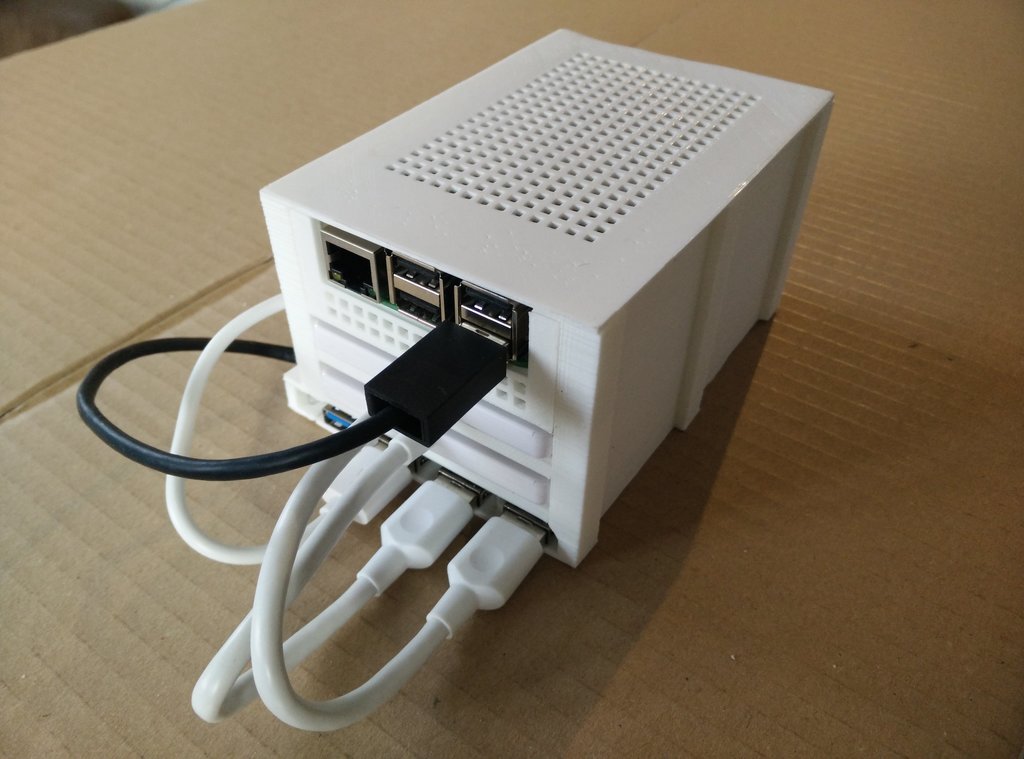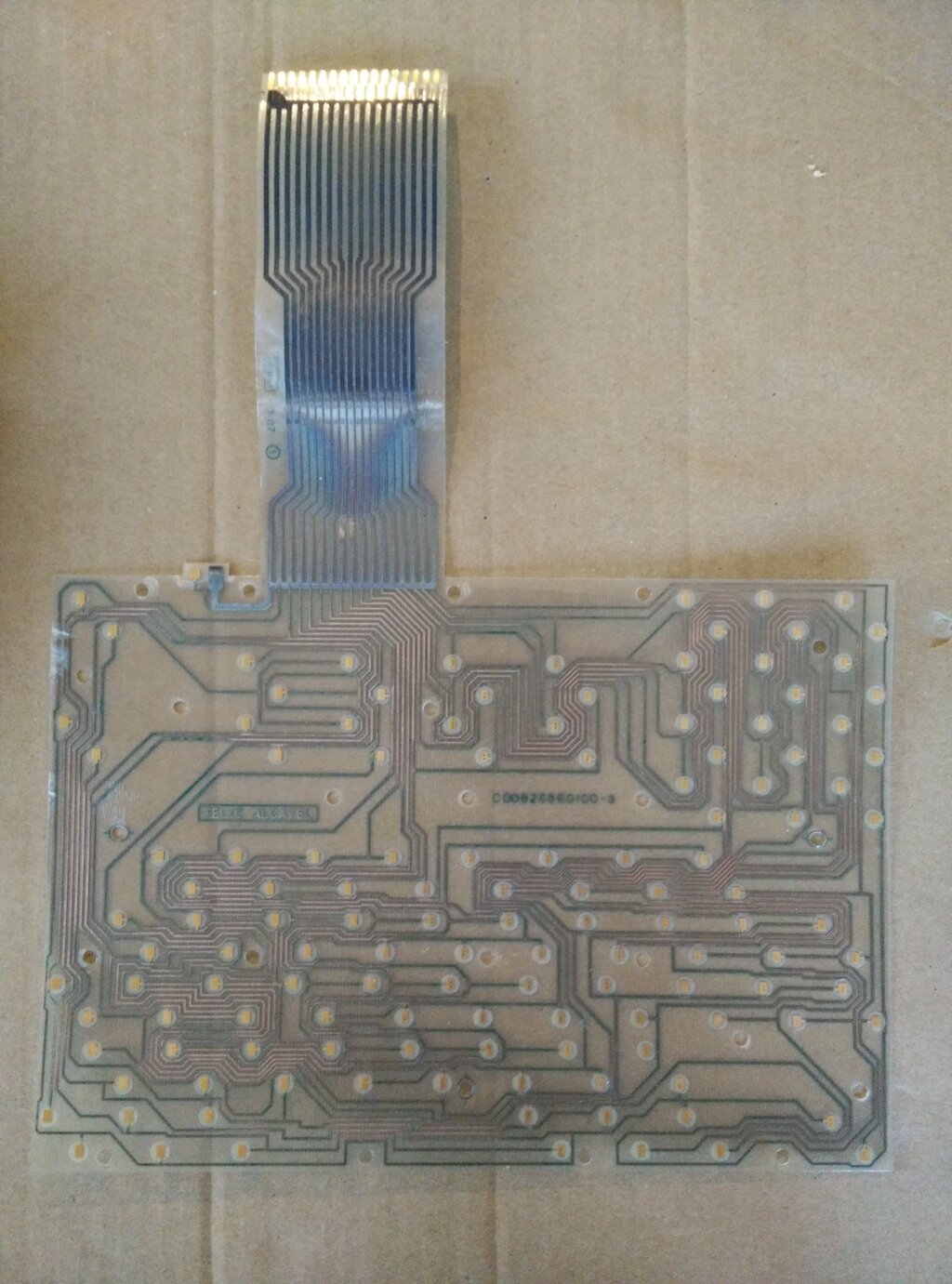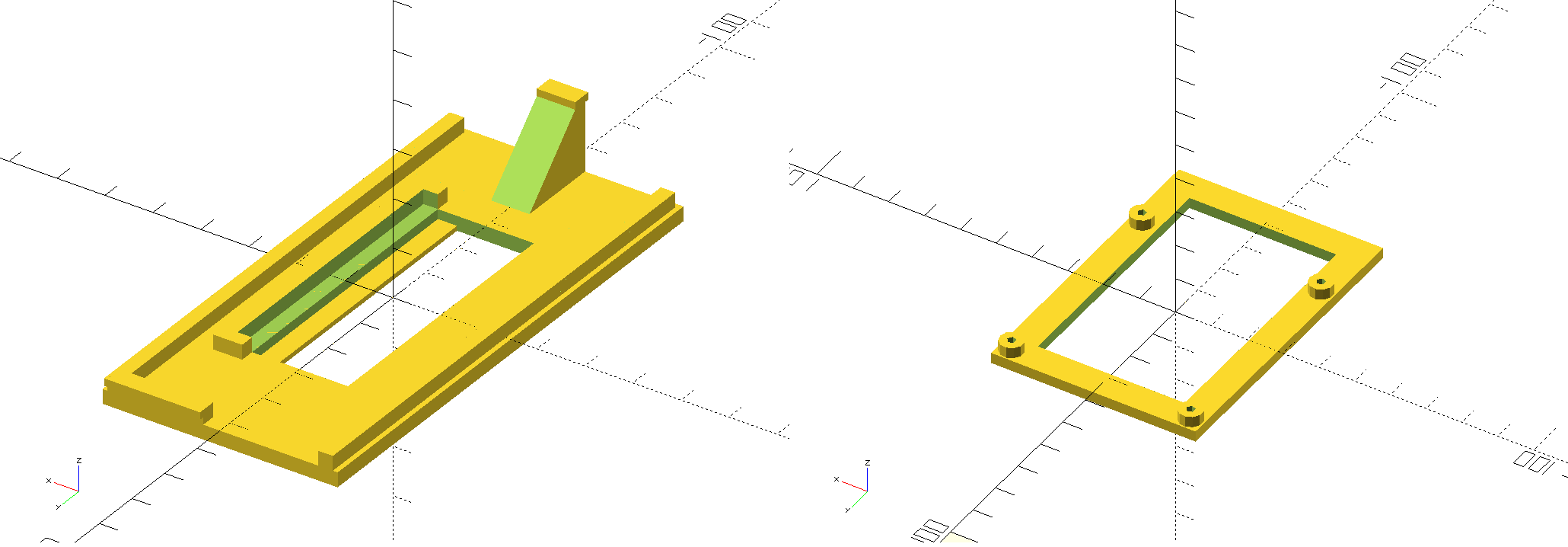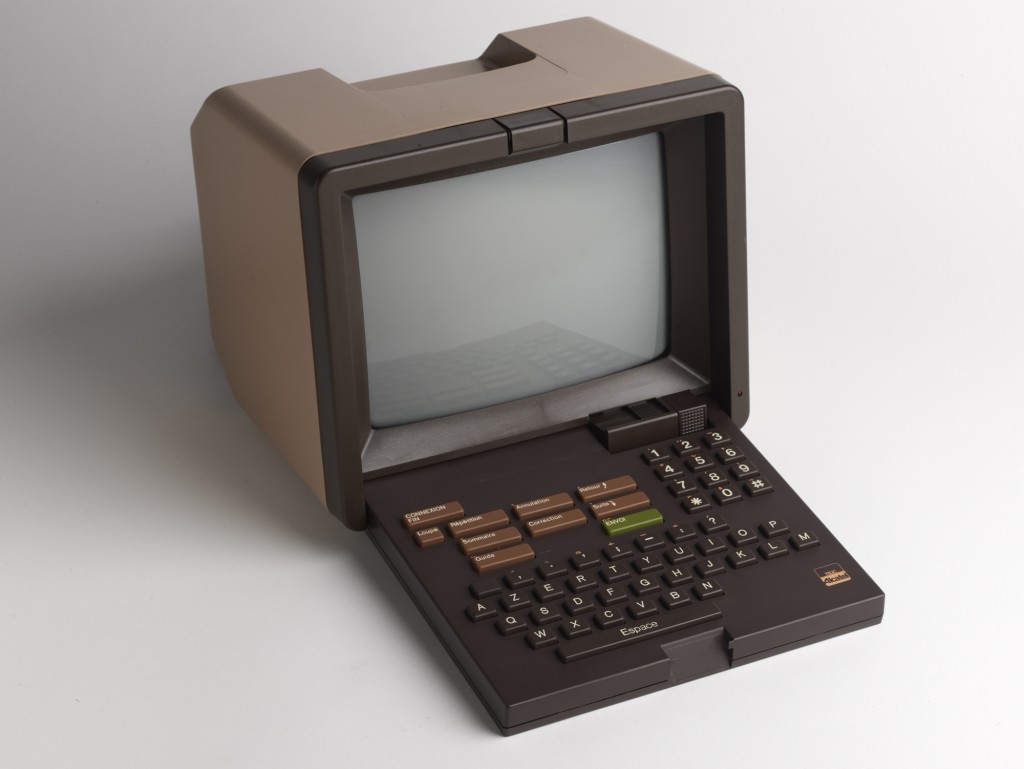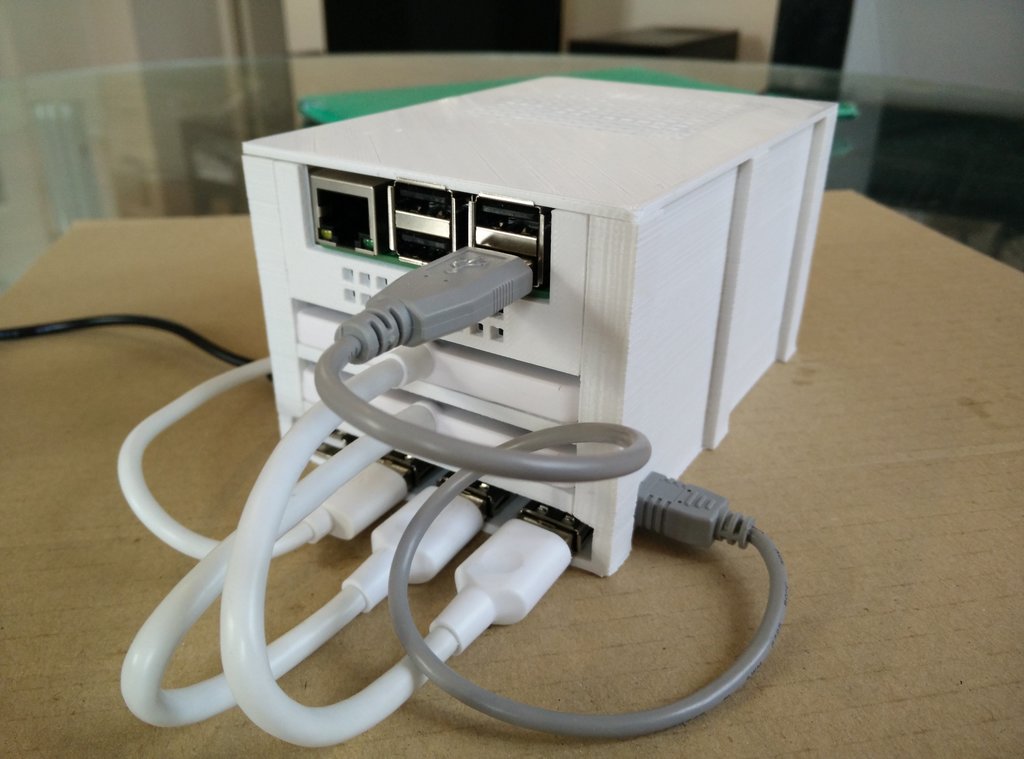An enhanced 3D-printed NAS
I got numerous comments about my 3D printed NAS. An issue encountered by multiple people is that it is now virtually impossible to come around a similar USB hub. Indeed, I used a store brand one and the product has been discontinued for some time...
Let's build an enhanced version solving that issue!
The first version of the case was designed with OpenSCAD and 3D-printed. I modified it to accomodate a new wider 4-port USB hub and a more efficient 40mm fan at the rear instead of the small one on the lid. You can download the new SCAD source files and STL files here (licensed under GPLv3).
In addition, we'll use the following elements:
- A Raspberry Pi Model B (2, 3, 3+ or 4), obviously
- A 4-Port Ultra Slim USB 3.0 Hub with USB charger from Anker (warning, there is also a version without the micro-USB charger port, you need model A7518111 or A7518311 to power the NAS through the hub)
- Two 2.5" SATA to USB adapter cable IB-AC6033-U3 from Icy Box
- Two 2.5" SATA hard disks …

